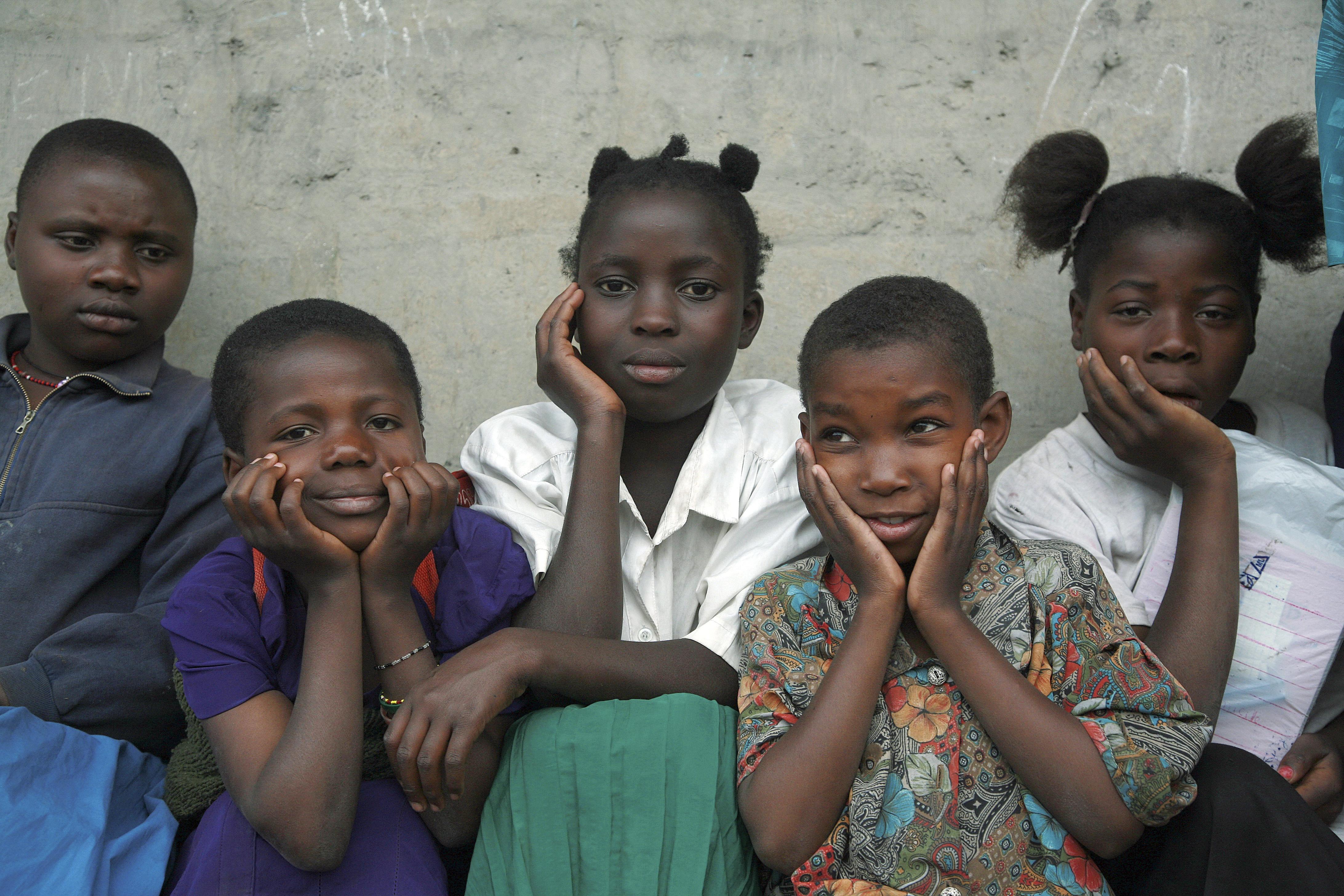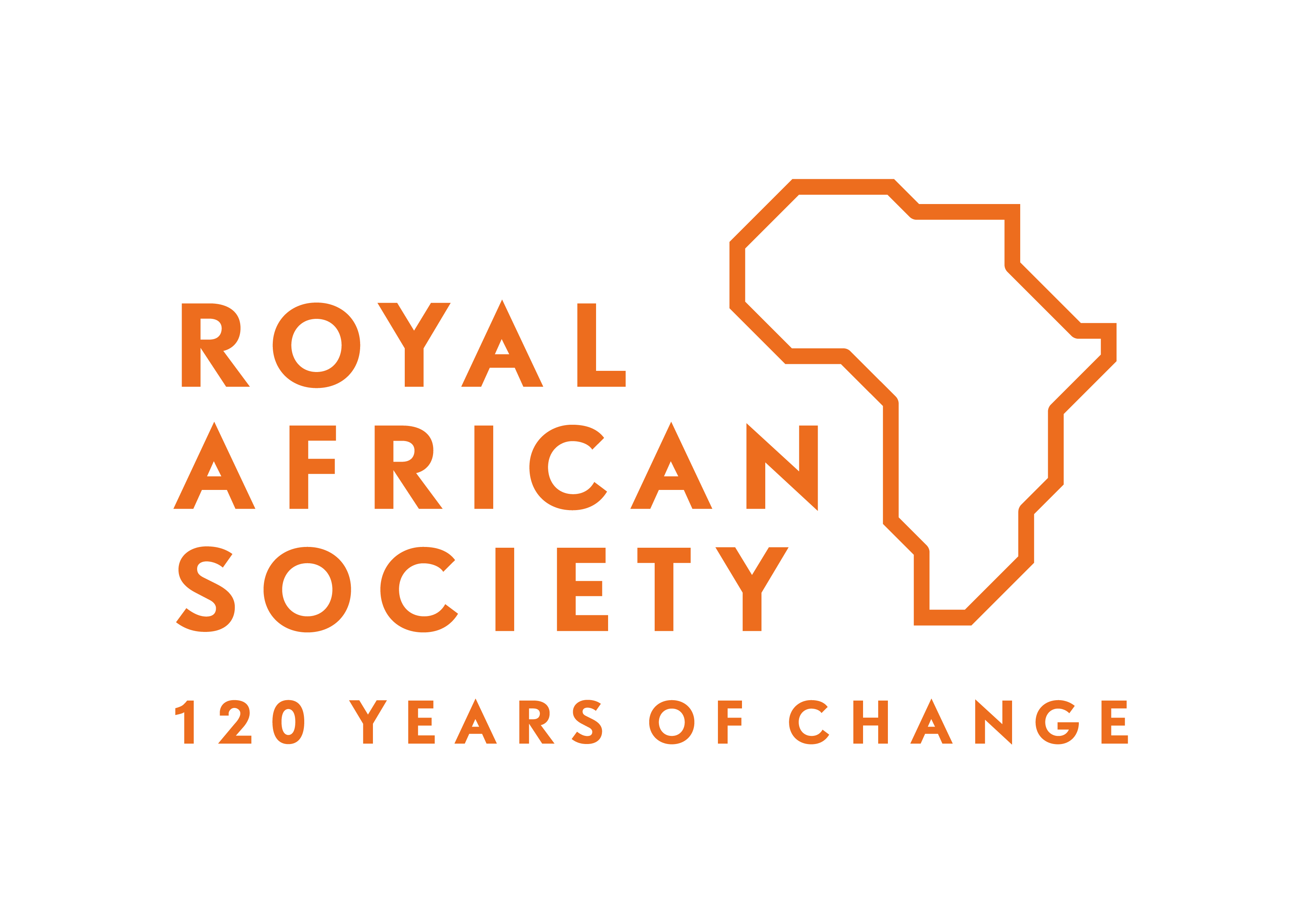Africa’s image and reality: wealth and poverty sit side-by-side – By Richard Dowden


Many African countries may be richer than commonly imagined, but people can become vulnerable very quickly such as these children in the DRC. (UN Photo/Myriam Asmani)
The debate about the “image of Africa” seems to be reaching a consensus. The starving African child represents a reality that is rare and local. We must clear our minds of that image as representative of Africa, all of it, always. The growth figures show that Africa is apparently doing well economically and many of the conflicts, which were always local, often quite small but created terrible suffering, have come to an end. Medication for AIDS and other diseases has become more widely available. No one speaks of the hopeless continent any more.
Some people have tried to say that the image of the starving child was “wrong”. But it wasn’t invented. From Biafra, to Ethiopia and more recently Somalia and Niger, it is an occasional shocking reality which we will almost certainly see again. On the other hand there is a new image which projects Africa as the new China, the driver of the world economy in a few years time. This image shows Africa as young, smart, dripping in bling and driving a flashy car. These are simplistic reversals of the old image, and as unrealistic as the hopeless continent.
Even Oxfam, which has raised millions with images of starving African children, has now admitted that Africa is not as simple as that. A survey that the aid agency recently conducted showed that the images of starving African children are actually counterproductive in terms of their own fundraising. Three quarters of more than 2,000 people Oxfam surveyed said that although hunger was the biggest problem facing Africa, only 20percent felt they could do much about it. Most respondents said they had become desensitised by images showing hunger drought and disease. Barbara Stocking, the CEO of Oxfam, called for a more nuanced picture of Africa. She said “The relentless focus on ongoing problems at the expense of a more nuanced portrait of the continent, is obscuring the progress that is being made towards a more secure and prosperous future.” The negative image of Africa “is not the truth”.
The implication of what Stocking is saying is that aid agencies have only agreed to tell the truth about Africa now because the images they have been using for fund-raising have actually eroded people’s willingness to give them money. But I will bet that when the next humanitarian disaster hits, the aid agency which advertises with most graphic pictures of the victims will raise most money.
There is no doubt that many African countries are doing a lot better than they were in the last two decades of the 20th century when the figures for growth were, in terms of population growth, negative. Growth has been above 5 percent in many countries for almost a decade, Africa’s resources have been fetching high prices, the wars have diminished in number and extent, and governance has improved. Many capitals that were economically stagnant a decade ago are now booming, their biggest problem: traffic jams. And the old problems, many of them country specific, have not gone away. Somalia’s clan rivalry, Nigeria’s corruption, Kenya’s tribalism and South Africa’s inequality are all alive and well.
So the new picture is better but the message is don’t generalise about Africa. However, is this change permanent or just temporary? And how much do these growth rates affect the lives of ordinary people?
The first question is – will Africa use this successful period to generate a prosperous and self-sustaining future? At the moment much of the wealth has been within an urban bubble. If you counted economic prosperity by the increase in the numbers of flashy 4X4s, Africa would be reckoned to be doing well. These 4X4s now travel from gated housing estates on the fringes of big cities to shiny new glass office blocks and back again. Do their owners ever breathe real African air? Outside that bubble the poor are still poor, with little being done for them in terms of jobs or services. Most of the poor are young and un-or under-employed. Whatever their qualifications, for those who do not have connection inside the bubble the future is bleak. How long before their anger explodes?
Secondly this commodity boom has lasted more than a decade but is now diminishing. Have African governments used the revenue from oil, gas and minerals to create industries that add value to them? How much refining, processing and manufacturing has been created in Africa in this last decade? A recent article in Foreign Affairs by Rick Rowden argued that the recent growth in Africa is not bringing development. He writes: “development has generally been taken as a synonym for industrialization. Rich countries figured out long ago, if economies are not moving out of dead-end activities that only provide diminishing returns over time (primary agriculture and extractive activities such as mining, logging, and fisheries), and into activities that provide increasing returns over time (manufacturing and services), then you can’t really say they are developing.”
Rowden points out that Africa’s share of global value added goods has actually fallen from 1.2 percent in 2000 to 1.1 percent in 2008. In the same period Asia’s share rose from 13 percent to 25 percent. Even in labour intensive low technology manufacturing Africa’s share of exports fell from 23 percent in 2000 to 20 percent in 2008. Services, he says, will not absorb all the young job seekers in the next few years.
This all looks reasonable – if rather depressing. But then I think of those traffic jams that twice a day – sometimes all day – clog up Nairobi, Lagos, Johannesburg, Accra, Abidjan, Addis Ababa. Looking out of my taxi bubble window at the multitude of walkers – the people outside the bubble – I cannot but think they would be staying at home if their destination was not some profitable economic possibility. Puzzling – until you discover that the World Bank has had to admit that the figures they have for Africa are all wrong.
In the most recent edition of our journal, African Affairs, Professor Morten Jerven of Simon Fraser University Vancouver, drew attention to the 2010 revision of Ghana’s GDP figures upwards by over 60 percent. Overnight Ghana was $13 billion richer and became a middle income country – embarrassing for the aid donors. The reason was that the baseline date from which Ghana’s economic growth was measured was 1993. Many of the economic drivers that have increased wealth in Ghana did not exist then. And data collection at that time was not that accurate. Nigeria has followed suit with an announcement that it would be revising the estimates of its growth shortly. It is expected to announce a difference as great as Ghana’s. Professor Jerven also pointed out that all but 19 African countries had baselines for measuring growth and wealth date back before the turn of the century. New data might change our view of Africa completely.
Africa – as I have always thought – is a lot richer than is generally assumed. However, at the bottom of the pyramid, people can become vulnerable quite quickly especially when there is war. So expect to see those horrifying pictures of starving children from time to time as well as lots of cool young Africans in fashionable clothes driving flashy cars. Both are real. Both are Africa.
Richard Dowden is Director of the Royal African Society and author of Africa; altered states, ordinary miracles. For more of Richard’s blogs click here.






The question is whether Africa is a poor continent led by rich leaders or a rich continent led by poor leaders? Unfortunately both answers are correct.
Richard this is a commendable piece of research and thank you for the insight. Besides promising figures of economic growth by World Bank and Investment agencies i see my people in Africa rural areas are getting poorer and I wonder why the economic growth does not reflect what we see. Africa needs the know-how not Aid, teach the ordinary Africans how to commercialize their farming…and Africa will stop being a burden to the West
[…] https://africanarguments.org/2013/01/08/africa%E2%80%99s-image-and-reality-wealth-and-poverty-sit-sid… […]
Very good research indeed. But a question comes to mind. We are all aware that no amount of Aid can ease African Challenges. As much as Africa may pause dependency on the west due to funds requirement Africa could be the best customer for the west. If there would be no imbalance of trade things would be better for “All” but foreign policies continues to favour the west.
done
[…] memes. As with almost everything else, the truth lies somewhere in between those two extremes. See here for a good example of a middle-of-the-road point of view on the African Arguments blog, by the […]
I saw Richard’s article in The African, Dar es Salaam. It came a couple of days after an article by a certain Jonathan Power which ended with ‘I said to myself, I have seen Africa’s future, and it works’. He was talking about Tanzania. If Tanzania is Africa’s future then God help Africa. Richard gave us that rare thing in development debates- a balanced view. So starving babies are in, as are mobile phones and traffic jams. Agricultural stagnation and poverty are in, as is the growing urban middle class. How long ‘Africa’ can continue ‘growing’ without ‘developing’ remains to be seen.
Abusing of powers and Big corruption scandals by most leaders in all African countries are the main reasons for the poor situation, inclusive South Africa, in Africa, they destroy human dignity of all poor african people. Strange that most countries have enough money to make war but nothing to make food. Criminals feed on rape and murders by order from their leaders. IF the world (UN) collects all corruption money from these corrupted leaders and create jobs it will change. But nobody cares enugh to do it.